The Garmin Striker Cast promises to give bank anglers confidence in our bank fishing spots, but can we trust it? I tested the GPS model of this castable fish finder to find out.
Last updated: May 20th, 2025
Overall Score: 8/10
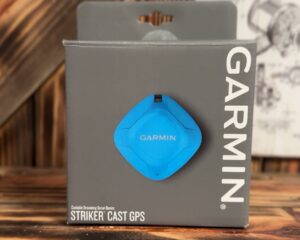
Garmin Striker Cast Pros & Cons
Pros
Cons
The Garmin Striker Cast GPS is the best bank fish finder on the market. You can’t go wrong with Garmin products in general, and in the fishing space, Garmin is one of my favorite brands. It’s always at the forefront of innovation and quality. Thousands of other Garmin users would happily agree.
What makes this fish finder stand out among its peers is its affordable price tag. It’s uncommonly inexpensive compared to many other fish finders. So, it’s perfect for those who are on a tight budget or just not interested in paying for a boatload of features they’ll never use.
You don’t have to compromise on quality to get a fish finder that won’t break the bank though. You’ll find the Garmin Striker offers accurate water depth and temperature readings even at this price point.
Setting up the Garmin Striker Cast was quick and simple. I dropped it in a bucket of water, turned on my Wi-Fi and Bluetooth, and connected it to my iPhone. It’s also compatible with Android, but I didn’t test that process, since I own an iPhone.
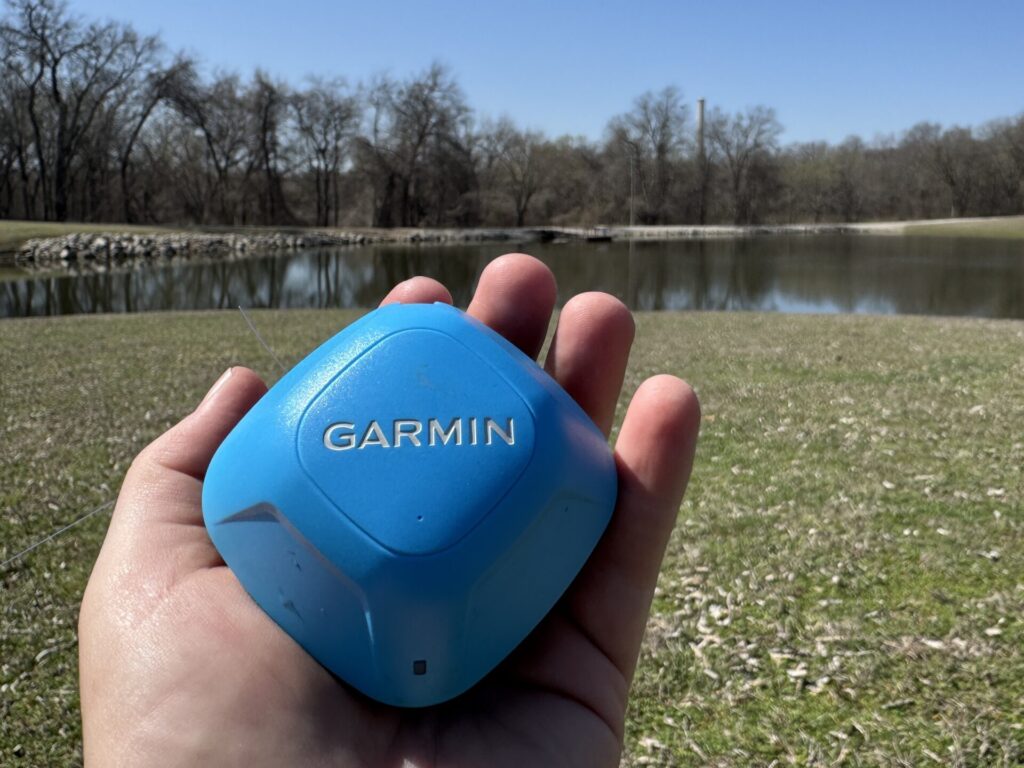
I absolutely love how portable the Striker Cast is. It’s lightweight at only a few ounces and easily fits in the palm of my hand, which means it can fit in nearly any tackle bag or box.
One of the biggest complaints about fish finders is that the batteries just don’t last as long as we wish they would. Well, manufacturers must have finally listened, because it’s unlikely you’ll have that problem with the Garmin Striker. The rechargeable battery has lasted me 6 hours (Garmin claims 10 hours), so you can use it for nearly a full day of fishing—depending on how long you fish, that is.
Some fish finders will give you pictures with veritable blobs masquerading as detail. So, I was pleasantly surprised by how accurate the sonar and water temperature on the Striker were when I first tossed it in my pond. I quickly saw both structure and fish, easily identifiable rock and brush piles with unmistakable fish markings around them.
However, despite all these accolades, this is not the ultimate fish finder. It has some flaws.
The first is that it only offers anglers only the most basic sonar. You have the option of traditional CHIRP sonar or an ice fishing flasher. However, this is standard for other castable fish finders, so I can’t discount it too much. So, if you want DownVu or SideVu, you must avoid castable fish finders altogether.
My biggest concern is scaring off fish when I toss it out in an area (once again, this is a problem all castable fish finders face). It makes a pretty good splash, which startles the fish, but you can always cast it past the spot and slowly reel it in to where you want it to read.
The last downside is Garmin’s lackluster customer service. I know of several previous customers who have had problems with Garmin products only to be dismissed or ignored by the customer service team.
Overall, the Garmin Striker Cast GPS is worth every penny you’ll spend on it. I’m certain I’ll use it for years to come.
Let’s take a closer look at the Garmin Striker Cast according to the categories that matter most to anglers.
Honest Garmin Striker Cast GPS Review
Over the last few months, I’ve tested the Garmin Striker Cast GPS in a few different ponds and lakes where I regularly fish. I’ve been impressed with its ease of setup, user friendliness, and accuracy, but that’s just the beginning.
Price
The price is spot on for this affordable fish finder. The Garmin Striker Cast comes in two models—one with GPS and one without. I tested the one with GPS, which is slightly more costly but well worth it. It’s an excellent price for a castable fish finder, sitting in the middle between more expensive and less expensive offerings.
This makes it great as an upgrade from your beginner fish finder, or even as a first fish finder. It’s not an unreasonable amount of money to spend on essential gear.
Installation Process
The installation and setup process was pretty straightforward. Some reviews said they couldn’t get the Garmin Striker Cast app to connect to their unit, which worried me, but I had no trouble connecting it to my iPhone via Bluetooth.
I plopped the fish finder in the water to connect the Striker Cast to my phone and opened the app. I had to open and close the app a few times to get my phone to discover the Striker Cast, but every time I was on the water, I was able to connect it.
Connecting the unit to my phone was no different than connecting any other Bluetooth device. Yes, sometimes it’s a little wonky, but most of the time, all that’s needed is to turn it off and back on.
Screen Clarity
The Garmin Striker Cast doesn’t have a screen because it utilizes your phone, so the screen clarity ultimately depends on your phone. I found the sonar and maps easy to read on my iPhone during sunny and cloudy days, so I gave the screen clarity such a high rating.
User-Friendliness
This is a beginner-friendly fish finder, so it’s ridiculously easy to use. I found the app simple to navigate, without all the overwhelming features that high-end fish finders have. However, the simplicity also means it lacks helpful features, like multiple sonar options.
You don’t need a boat to use it; since it lacks a screen, and you don’t have to install any hardware. The only installation required is the app on your phone.
Sonar Options
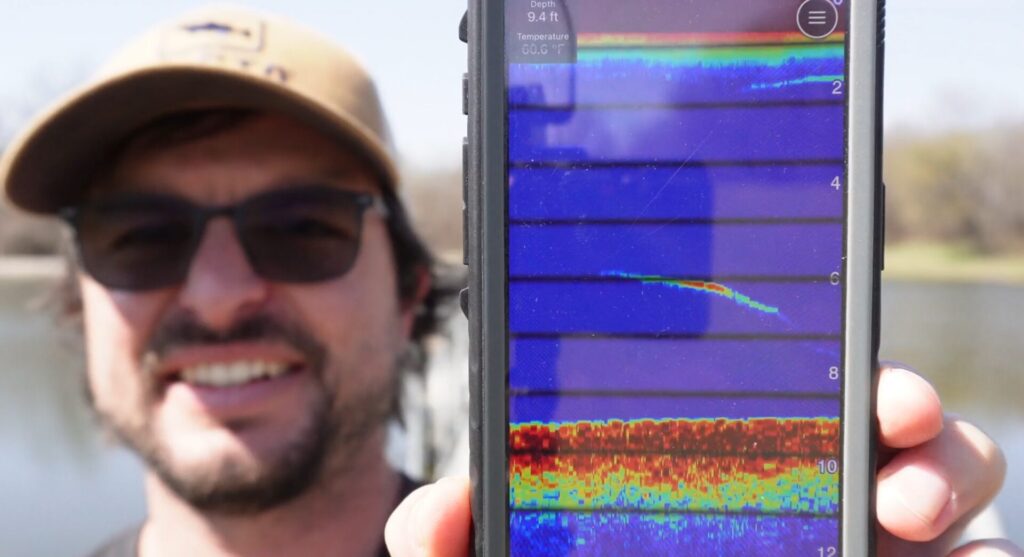
Traditional CHIRP sonar and the ice flasher mode are the only sonar options available with this fish finder, which is also the case with all other castable fish finders.
If you need something more robust, like side imaging, down imaging, or Livescope, you’ll have to keep looking. But if you just need a basic, inexpensive fish finder, the Garmin Striker Cast is the best option for bank, kayak, and ice fishing anglers.
Mapping Capabilities
I was most impressed by the in-app map. You get a Google Earth-esque map that will automatically orient to your location. You can also add layers to the map, such as depth shading, way points, and my personal favorite, Quickdraw maps.
The Quickdraw maps give you the depths of ponds, lakes, streams, and rivers that you or other Quickdraw community members have used the Striker Cast GPS to fish. These are the best maps you’ll get without spending hundreds more dollars.
Networking Capabilities
The only networking capabilities offered with the Striker Cast GPS are the Quickdraw community network and networking with your phone. This means you’ll have access to lots of valuable fishing data from other anglers in the Quickdraw community.
However, you won’t be able to network with other fish finders or Garmin products to share GPS points and other information between the units. In this price range, though, that’s pretty standard. If you’re looking for fancier features, you’ll need to increase your budget.
Company Reputation
Garmin has a solid reputation for producing high-quality electronics. It’s one of the leading brands for fishing electronics, such as fish finders and trolling motors. Many anglers swear by Garmin products because they’re accurate, reliable, and innovative. I’ve also always enjoyed using Garmin fish finders for these reasons.
Customer Service
I have not personally had to use Garmin customer service, but I’ve heard a few negative stories that have me worried about when I need to.
One customer said, “The Garmin representative asked me to take additional steps to cover my transducer under warranty that were excessive and ridiculous. They do not stand by their product and make the customer jump through so many hoops, showing they hope the customer will just give up, and they do not have to cover anything under warranty.”
Some people go so far as to say they’ve switched brands because of the poor experience, so be wary of this.
Who Is It For?
The Garmin Striker Cast GPS is perfect for beginners, bank anglers, kayak anglers, and ice fishing enthusiasts because it has all the basic sonar and mapping functions you’ll need without all the unnecessary fluff of high-end fish finders.
A few other castable fish finders are worth checking out, like the Deeper Sonar PRO+2 and ReelSonar iBobber.
Who Is It Not For?
This castable fish finder is not for serious boat anglers. It doesn’t have the latest and greatest features like LiveScope (or even older sonar like downscan and sidescan), so you’ll be at a severe disadvantage when competing in local jackpot and more competitive tournaments.
Instead, I recommend looking at the Garmin UHD2, Lowrance ELITE FS, or Humminbird Helix.
How I Tested the Garmin Striker Cast GPS
After getting my hands on the Garmin Striker Cast GPS, I headed straight to my pool to see just how accurate the sonar, GPS, and water temperature readings were.
After determining all three were reasonably accurate (the sonar didn’t show anything in the pool besides the hard bottom), I tossed it in my fishing pond and several other locations on various days in different weather conditions for further testing based on the following categories:

Sonar
Testing the sonar capabilities of this unit against the high-end fish finders doesn’t seem fair. So, my judgments are based on what other castable units offer. CHIRP sonar is the most commonly used type of sonar by castable fish finders, but as bank anglers, we don’t need to get too sophisticated.
User-Friendliness
What good is a fish finder if it’s frustrating to use? It’s not any good to an angler who doesn’t even want to use it, so I always test to see just how user-friendly it is.
Are the screens easy to navigate? Was the installation/setup process confusing? Did I need to get a degree in computer science to use the thing?
I found the Striker Cast GPS to be very user-friendly. As long as you’re used to operating an app on a phone, it’s very straightforward. Most fish finders I’ve reviewed at this price point are designed with user-friendliness in mind.
Generally, when you get to high-end fish finders with tons of fancy features, they become less user-friendly, needing professional installation and a detailed class on effectively operating it.
GPS/Mapping
One of the most overlooked features on every fish finder is the GPS and mapping. I wanted to see how accurate the GPS was and if the mapping would help me find more spots to fish.
I found that the contours were reasonably accurate to the foot, and the GPS was within a few feet. This makes pinpointing the spot where you just caught a fish incredibly easy, so that you can remember it for next time.
Price
We’re all on some kind of budget; some of us just have bigger or smaller budgets than others. If this fish finder is in your range, it won’t do for me to compare it to a $2,000 unit. I did my best to judge it against other castable fish finders in the under-$200 price range.
In its price range, the Striker Cast excels. You won’t find yourself cursing your purchase at any point.
Castable Fish Finder Buyer’s Guide: What to Look For
Here’s what really matters when choosing your castable fish finder:
Transducer Basics
Choose a reputable brand like Garmin, Lowrance, or Humminbird for reliability. The transducer must be durable since you regularly toss it into the water and can occasionally hit rocks and trees.
Technical Specifications
The cone angle and frequency determine your finder’s effectiveness. Here’s what to look for:
- At least a 20-degree cone angle for good coverage
- Dual-spectrum CHIRP for better shallow-water scanning
- Multiple frequencies for different conditions
- Minimum 200 RMS power, ideally 500 for clear images in murky water
GPS Capability
While it adds to the cost, GPS is crucial for a few obvious reasons:
- Creating waypoints for good fishing spots
- Chartplotting capabilities
When testing different models, I strive to pay attention to image clarity and ease of use rather than getting caught up in marketing hype about extra features, especially the ones I end up never using. The best is the one that helps you locate fish consistently and fits your fishing style.
The Bottom Line: Garmin Striker Cast GPS
The Garmin Striker Cast GPS is an excellent choice for shore fishing enthusiasts because it’s inexpensive, portable, and accurate. However, most boat anglers will find it lacks useful features like downscan and sidescan, so it’s not for everyone.
However, it’s a user-friendly unit with accurate sonar and mapping at a reasonable price point. If you’re fishing from the bank or just keeping it low-key on a kayak or out on the ice, the Garmin Striker Cast GPS won’t disappoint.
Have you used this fish finder? I’d love to hear about your experience. Feel free to leave your concerns and questions in the comments!

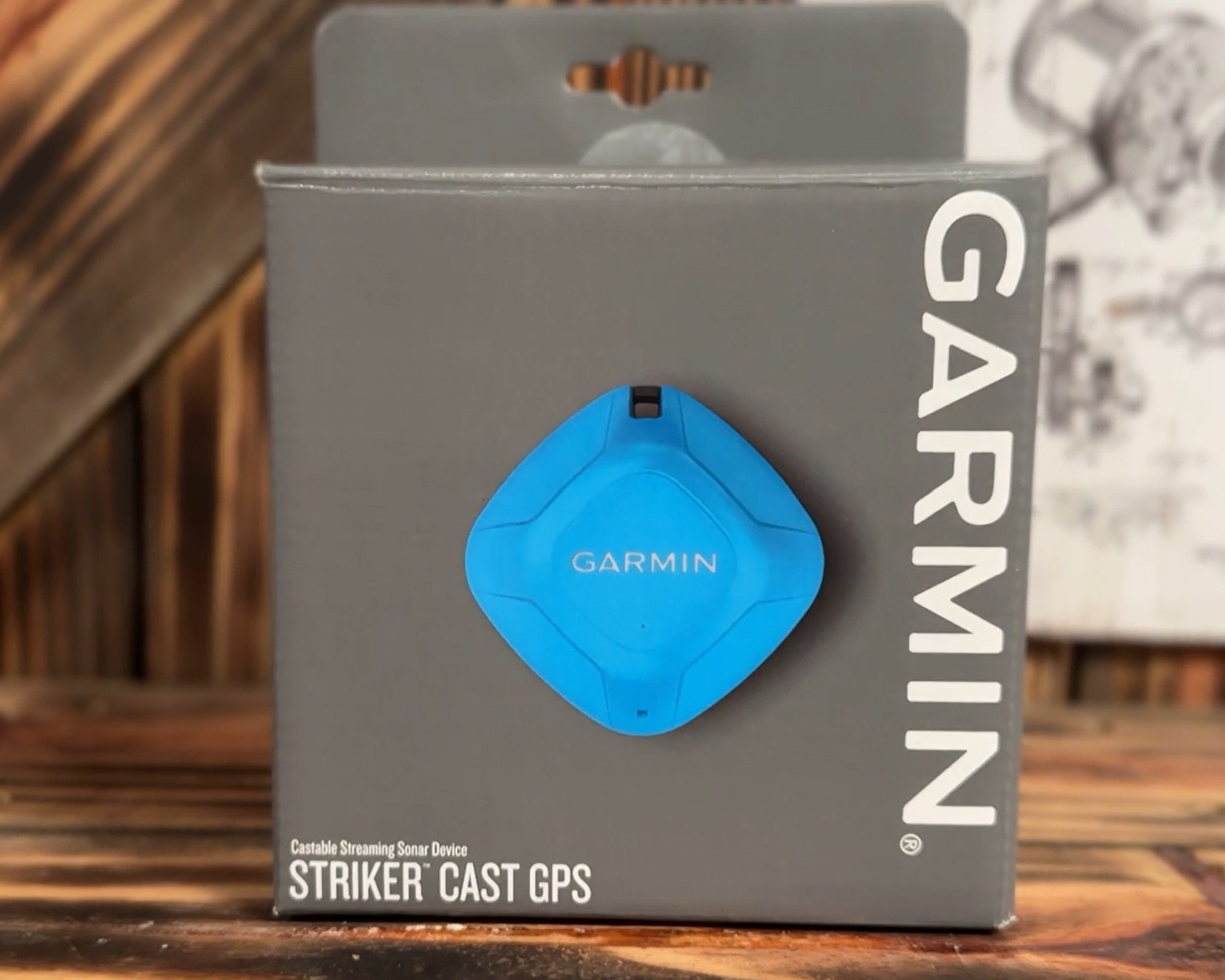
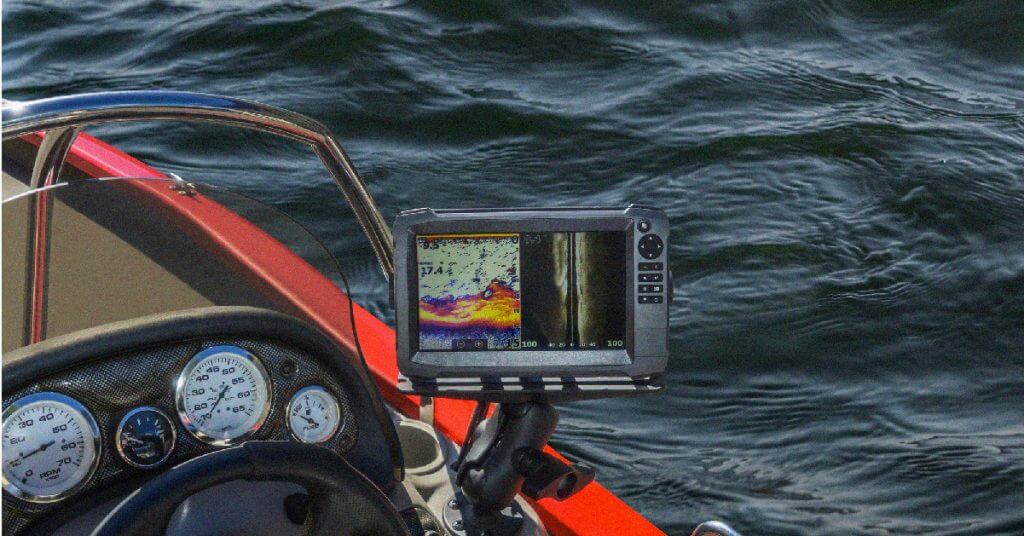
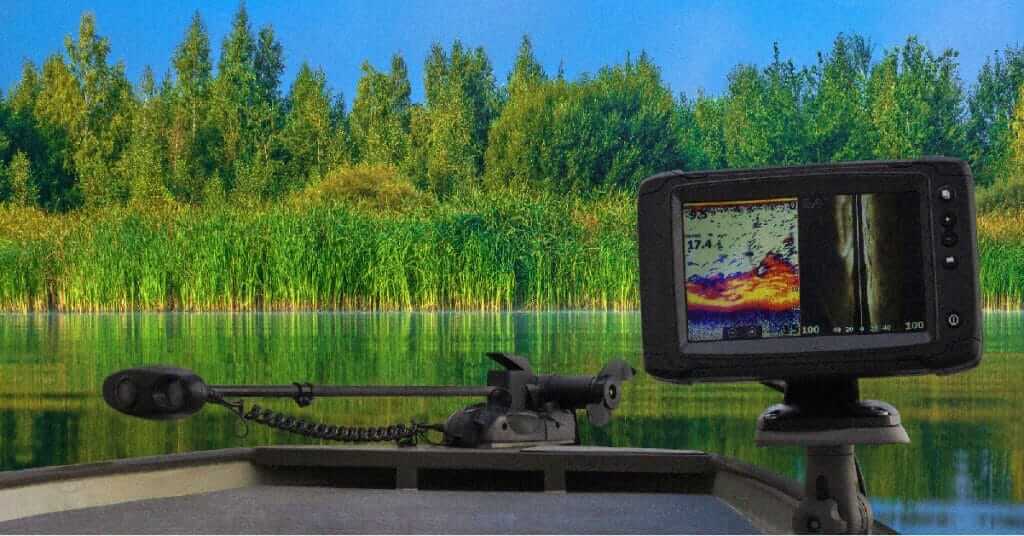
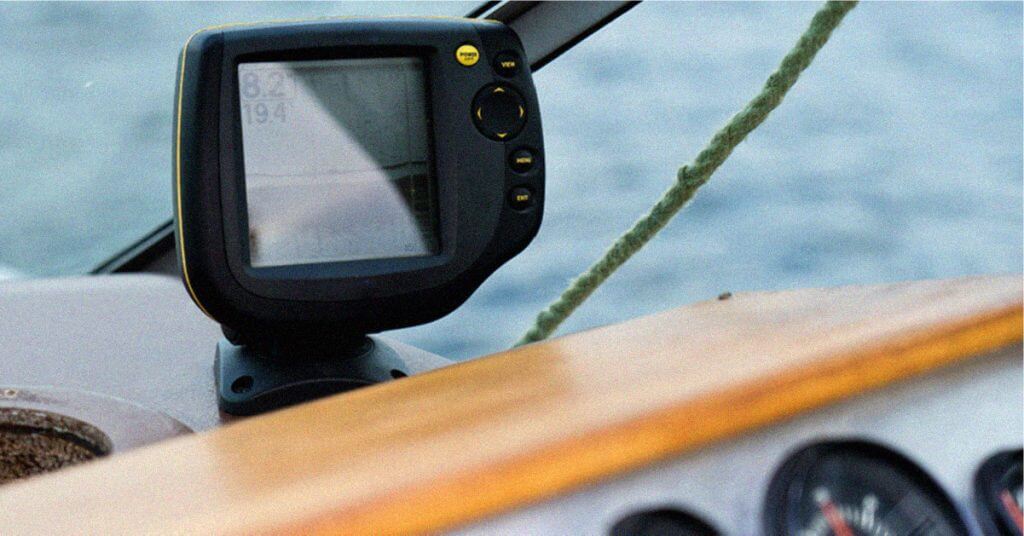

I had just purchased my first boat, a 14 ft. John. Then I installed a small long tail mud motor, for getting into some good duck hunting spots. But I’ve always wanted a boat of my own to fish some public reservoirs that have mostly private land around them. Then I also fish clear spring fed stream here in the Ozarks for Trout & Smallmouth.
I like the options of the Striker, no hard wiring, the fact that it can be used from shore, and have the ability use my iPhone or iPad. Having to use a Bluetooth connection vs WiFi, is OK in my book. If I was fishing deeper open water on larger lakes or trolling, it may or not get the job done. I think this the ticket for the type of fishing I do, thank you.
Unfortunately I could not offer any review comments on the striker cast at this time, but i certainly am not impressed with their customer support or help. 2 mins after walking in the door from purchasing it, i had issues. The unit would flash red then green 2 – 4 seconds apart, then repeat every 10-15 secs., where reconnecting produced same results. I’m upset that i got 2 booklet of basically useless operating info, and not a single led code in it, at least for charging. I’m upset i had to hunt for it on the web to download. I’m upset they offered chat help, but was unavailable. I’m upset that the online one on one tech advisor feature was unavailable. I’m upset that the help section was way too finicky with choice of wording to use (try different synonyms) groan, grunt. 1st time in my 40 yrs of computing I heard that one.
And i’m upset that i need to wait 3-4 days for email responses, when i bought it to use before summer is over.
Do I sound like a grumble grunt? Yup, after dishing out 180+ bucks, my right. It seemed like there website was closing shop.
My final grunt; when i tried to download the app. for it, yup you guessed it, NOT AVAILABLE, giving 3 different reasons why, not saying when available, just keep trying. At least offer an email notification when avail.
In closing kindly pardon any spelling or grammer errors pls.
BK
Dang Bart, that’s not a pleasant experience at all. I can understand why you’re upset and you’re not the first person to complain about their customer service. It’s a shame cuz when their products work, they’re some of the best but the the times they don’t, good luck getting much help. Thanks for sharing, I hope you can get it resolved!
I’ve been using the Striker Cast for about a month now. After reading your review, I can say I share the same opinion about it, though I haven’t used other casting sonars. I’m really satisfied with it and taking a lot of advantage of the fact that I can map up the waters a fish on. I can confidently say now that that alone has taken my fishing to another level.
I fish with a small, 4m long rowing boat. I do a lot of slow trolling and jigging on it and the Striker Cast is perfect for that, particularly because of it’s portability and precision. Instead of using my phone though, on a rowing boat, I prefer using a 10.3″ tablet on a mount. This way, I can have the sonar image displayed in a similar way as the bigger sonars out there. For this reason also, I wish the app would allow split screen or even to open the map on the app itself in a split view because I rely a lot my nautical chart while trolling or trying to find good fishing spots specially. Because of that, I need to use two devices, my tablet and my phone, one for the sonar and the other for the map. That isn’t too bad, but I wish I could have everything on a single device since portability and simplicity are things that I go for most of the time.
I have a question regarding what you mentioned about the two different frequencies of the sonar. When you say “…260 kHz with a 22 x 63 cone. The other is a 455 kHz frequency and a 9 x 14 cone.”, is this cone measured in ft? I’m quite new to the whole sonar thing, so could you tell us more about how does it work?
Thanks for the helpful review.